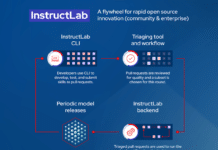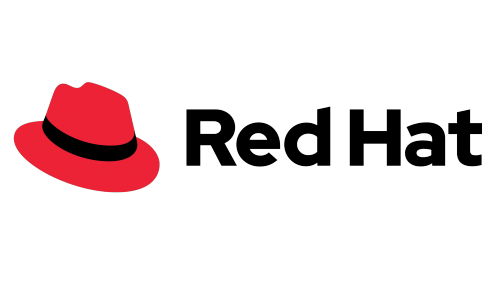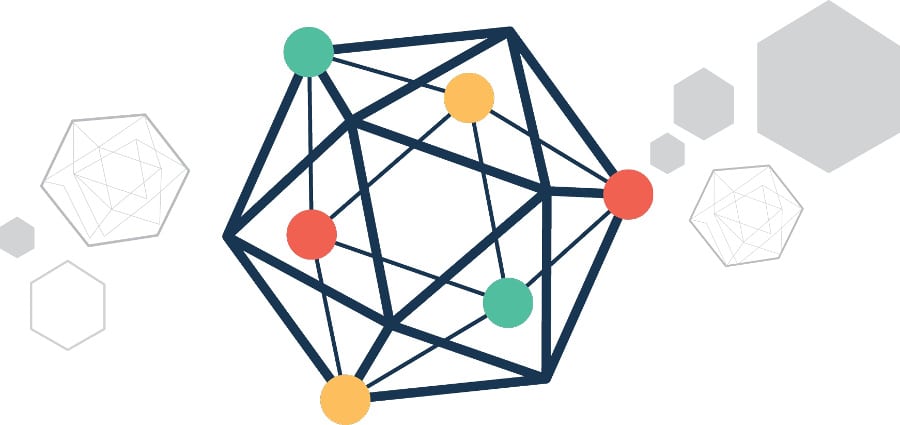Hyperledger is a project that was conceived by The Linux Foundation. It focuses on developing blockchain frameworks and modules to support global enterprise solutions. It is an open source collaborative effort to foster cross-industry blockchain technologies.
Those familiar with the fundamentals of blockchain technologies will know how open source is currently driving the innovation in blockchain frameworks. However, there are a number of challenges to the widespread use of permissioned distributed ledger technologies (DLT). Key among them are problems associated with the lack of standards, the regulatory challenges and the lack of knowledge about DLT. These challenges are inherent to any new technological infrastructure that replaces an older infrastructure.
Challenges in adopting blockchain technologies
Those adopting blockchain technologies are likely to face challenges in the following areas.
- Standards
Since we are still witnessing the early days of blockchain technology, there is currently no consensus on standards in the developer and business communities, as yet. Standards are the key in ensuring interoperability and avoiding risks associated with a fragmented ecosystem. They are critical not just for the distributed ledger itself, but also for supporting services, like identity, privacy and data governance, as well as for the management of keys, the protocols, key-loss and theft. As a result, the International Organization for Standardisation for Blockchain and Distributed Ledger Technologies was established in 2016 and has defined areas for future work on standardisation. More details are available at https://www.iso.org/committee/6266604.html.
- Regulation
The lack of regulation around transactions on the blockchain creates an environment of uncertainty for all participants. Highly regulated industries like financial services are treading carefully in the DLT space. There are no regulatory guidelines governing smart contracts, causing much anxiety among various players like lawyers, regulators, programmers and businesses. The lack of regulatory guidelines, along with a lack of industry standards, prevents the rapid adoption of DLT.
- Lack of knowhow
The lack of knowhow (as well as know-whom and know-where) around DLT and the shortage of experts in the area is a major challenge when adopting distributed ledger technologies. While there has been an exponential increase in the interest around blockchain technology, there is a huge shortage of talent in the business and the technical spaces.
Introducing Project Hyperledger
Hosted by The Linux Foundation, Project Hyperledger provides an alternative to the cryptocurrency-based blockchain model and focuses on developing blockchain frameworks and modules to support global enterprise solutions. The focus of Hyperledger is to provide a transparent and collaborative approach to blockchain development. Hyperledger is an open source effort created to advance cross-industry blockchain technologies. The community incubates and promotes a range of business blockchain technologies, including distributed ledger frameworks, smart contract engines, client libraries, graphical interfaces, utility libraries and sample applications. It is a global collaboration of members from various industries and organisations.
Hyperledger boasts a host of enterprise-ready solutions. It is about communities of software developers building blockchain frameworks and platforms. Hyperledger can be thought of as an open system for marketplaces, including decentralised data-sharing networks and digital communities.
Introducing Hyperledger frameworks
Hyperledger business blockchain frameworks are used to build enterprise blockchains for a consortium of organisations. The Hyperledger frameworks include:
- An append-only distributed ledger
- A consensus algorithm for agreeing to changes in the ledger
- Privacy of transactions through permissioned access
- Smart contracts to process transaction requests
Hyperledger is an umbrella of open source projects, which are identified as either frameworks that facilitate the creation of blockchain networks or modules that facilitate the supporting functionality for exploring, visualising or deploying the frameworks.
Hyperledger Fabric was the first proposal for a codebase, combining previous work done by Digital Asset Holdings, Blockstream’s libconsensus and IBM’s OpenBlockchain. It provides a modular architecture, which allows components such as consensus and membership services to be plug-and-play. Hyperledger Fabric supports permissioned deployments.
Hyperledger Sawtooth, which has been contributed by Intel, is a blockchain framework that uses a modular platform for building, deploying and running distributed ledgers. Solutions built with it can use various consensus algorithms. Based on the size of the network, it uses the Proof of Elapsed Time (PoET) consensus algorithm, eliminating high energy consumption. It is designed for versatility, with support for both permissioned and permissionless blockchain deployments.
Hyperledger Iroha is a blockchain framework contributed by Soramitsu, Hitachi, NTT Data and Colu. It is designed to be simple and easy to incorporate into infrastructure projects requiring distributed ledger technology. Its emphasis is on mobile application development with client libraries for Android and iOS, providing a development environment for C++ developers to contribute to Hyperledger.
Hyperledger Indy is a distributed ledger that has been custom-built for decentralised identity, with a goal to develop a set of decentralised identity specs and artefacts that are independent of any particular ledger and enable interoperability across any DLT that supports them.
Hyperledger Burrow is a permissioned smart contract machine that provides a modular blockchain client with a permissioned smart contract interpreter built, in part, to the specification of the Ethereum Virtual Machine (EVM). Currently under incubation, it is the only available Apache-licensed EVM implementation.
Introducing Hyperledger modules
Hyperledger modules are auxiliary software used for things like deploying and maintaining blockchains, and examining the data on the ledgers as well as the tools for designing, prototyping and extending blockchain networks.
Hyperledger Cello provides a toolkit that fulfils Blockchain-as-a-Service, eliminating the effort required in creating, managing and terminating blockchains. It allows blockchain deployment to the cloud.
Hyperledger Explorer is a tool for visualising blockchain operations. It is the first ever blockchain explorer for permissioned ledgers, allowing anyone to explore the distributed ledger projects being created by Hyperledger’s members from the inside, without compromising their privacy.
Hyperledger Composer provides an easy-to-use set of components that developers can quickly learn to implement blockchain business networks.
Contributing to Hyperledger
Hyperledger has a really unique community. There are more than 130 organisations that comprise the Hyperledger member community. Hyperledger has taken a leadership role in developing cross-industry standards and provides a neutral space for software collaboration. The code repositories for frameworks and modules are hosted on GitHub at https://github.com/hyperledger.
There are a number of ways in which you can get involved with the Hyperledger community (http://hyperledger.org/community) – you can participate on the mailing lists (http://lists.hyperledger.org/), and start or join a meetup or join the discussion on Rocket.Chat (https://chat.hyperledger.org/).











































































